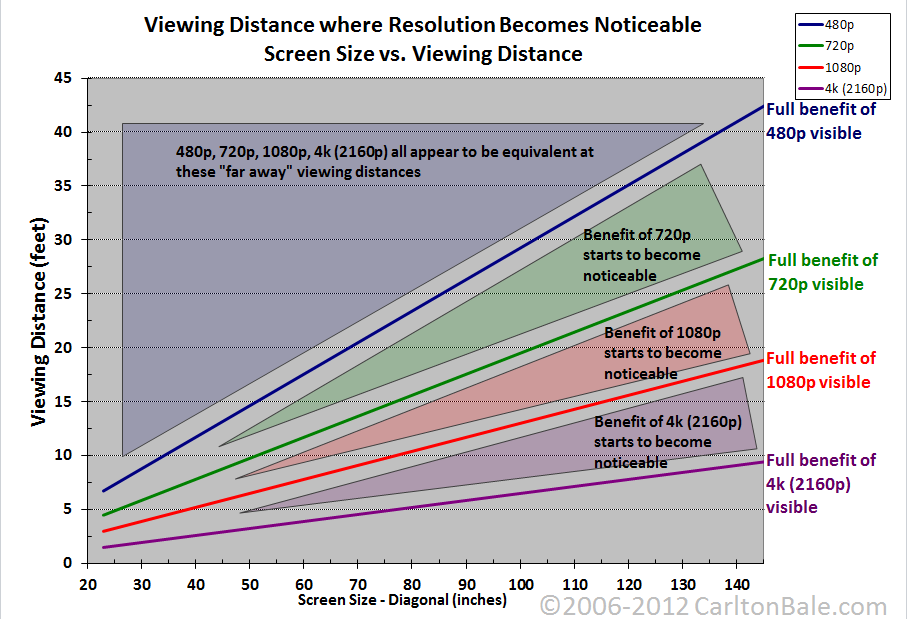I remember buying my first high definition TV way back when my wife and I moved into our first house. Back when I was living in a share house (this was around 5~6 years ago now) one of my room mates made the decision to get one. After moving out I figured that I could go without one for a while since I had a relatively large CRT screen that I could use in the interim. It didn’t take long before the urge hit me and I set out to get one for myself.
My requirements were simple: I wanted a LCD that could do 1080p so that it would last me a fair while. Back then you were lucky to find any content that was greater than 480p that wasn’t on a DVD so I figured a 1080p screen would suit me for the foreseeable future. I had a budget limit too, $3000 was the top price I could pay and not a cent more. Of course all the sets that had my required feature set were well out of my price range, but I eventually lucked out when I found one that had a “bonus” 27″ set that I convinced them to take back and remove the price of it off the larger set. Flush with victory I walked out of there with a brilliant Samsung 46″ LCD display that still sits prominently in my living room today, and probably will for a few more years to come.
Now I consider myself something of an audio/visual buff (not to the point of stupidity, mind you) so there was another reason why I wanted something capable of 1080p. You see our eyes, well ones with 20/20 vision at least, are able to perceive details down to a resolution of about 1/60th of a degree of an arc. With this information in mind we can then extrapolate whether or not a screen of a certain size at a certain viewing distance will show any perceivable difference. At the time I relied on some helpful forums that had rough guides as to what resolutions needed to be viewed at what distances but I just recently found this chart which demonstrates the principle much more clearly:
Looking at my choice of screen (46″, 1080p) with my view distance (around 6~7ft) it’s clear that I made the right choice. Interestingly enough though should I want to go for the next resolution up and get the full benefit of it I’d have to get a screen that’s almost triple the size, which makes sense considering just how much higher resolution 4K footage is compared to 1080p. I’d strongly recommend using this as a guide if you’re considering buying a HDTV in the near future as there’s simply no reason to go for the biggest/highest resolution screen you can get if you’re not going to be able to tell the difference between it and a cheaper set.
This is all rendered somewhat moot by the fact that a set that’s very comparable to mine now retails for just $799 thanks to Kogan. Back when the choice between the biggest/best and the appropriate was on the order of a couple thousand dollars it really did matter. Today it’s not so much of a big deal as a very nice set can be had for under a third of the cost that it used to be and the differences between them are usually limited to the screen size.
You’d think that this kind of price differential would make my blood boil but it’s just the way technology works. If you want something like a HDTV there’s really no point in delaying it for the next model as there will always be something better and cheaper just around the corner. I committed to the purchase fully aware of what I was getting into but I also made sure that my cash would see use over many, many years. So in reality I’ve pretty much came out even and I have never felt wanting for a new HDTV.




